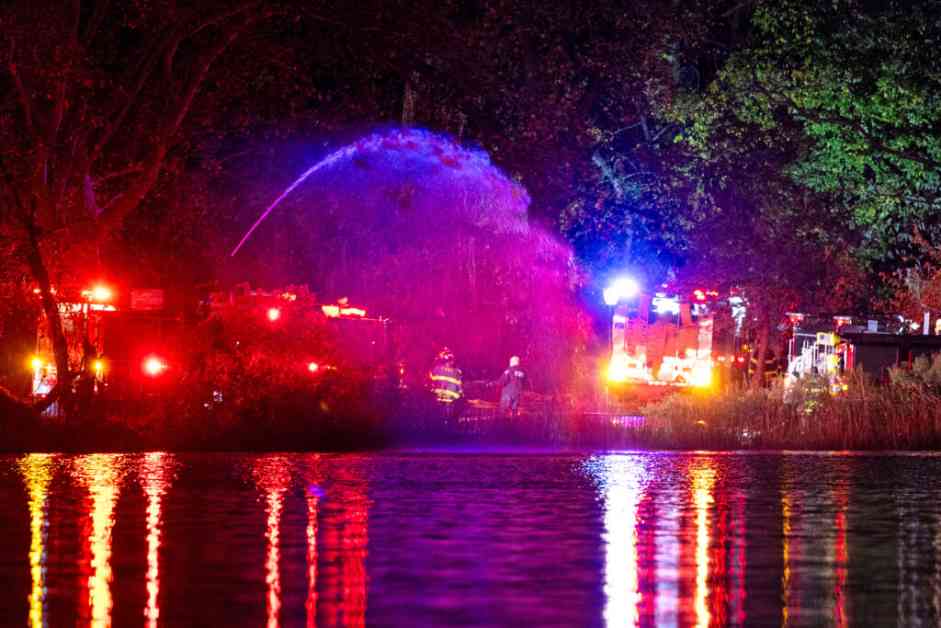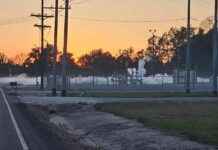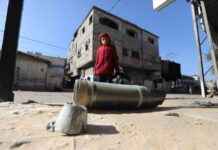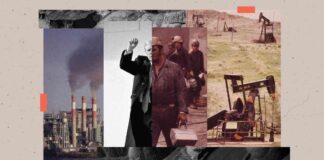New York City’s Inwood Hill Park, nestled in Northern Manhattan, recently faced the aftermath of an unprecedented fire season in November 2024. The New York Fire Department reported a staggering 229 brush fires across the city in just two weeks, setting a record high. The arid conditions resulting from historically low precipitation levels in New York City provided a tinderbox environment, fueling the rapid spread of fires.
One of the areas affected by the blaze was Inwood Hill Park, where over 11 acres of forested land were scorched. The New York City Parks Department forestry services sprang into action, mobilizing efforts to contain the fire. Volunteers joined the firefighting endeavors, braving the smoldering remnants of the blaze that lingered for days after the initial inferno.
Kip Stein, the director for natural areas management at NYC Parks, attributed the surge in brush fires to the unfavorable weather conditions prevailing in October and November. Prolonged dry spells with little to no rain created the perfect storm for these destructive fires to take hold, underscoring the critical role of climate in fire behavior.
Historical Significance of Inwood Hill Park
Inwood Hill Park holds a unique historical legacy, with evidence of human activity dating back to prehistoric times. This verdant oasis in the heart of Manhattan boasts the distinction of being home to the last remaining natural forest on the island. Visitors to the park encounter a plaque near the baseball fields that recounts the controversial tale of Peter Minuit, the director of the Dutch Colony of New Netherland, and his contentious acquisition of Manhattan from the Lenape Indigenous people in exchange for nominal “trinkets” beneath a towering tulip tree.
The tulip tree, a majestic giant that once loomed 165 feet tall and lived for 225 years until its demise in 1932, symbolizes the rich tapestry of history woven into this natural haven. Historians highlight the profound significance of this forested enclave for generations of Native Americans whose ancestors once inhabited this pristine landscape, emphasizing the deep-rooted connections to ancestral lands.
Regeneration and Restoration Efforts
Despite the devastation wrought by the November fires, signs of renewal and regrowth have begun to emerge in Inwood Hill Park. The park’s resilient native flora, including trees up to a century old, has shown remarkable adaptability to fire damage, instilling hope among NYC Parks workers and volunteers for the forest’s regeneration. Stein underscored the ongoing efforts to bolster the park’s resilience against future disturbances and extreme weather events, emphasizing the importance of cultivating a robust native forest ecosystem.
As the winter unfolds, NYC Parks and dedicated volunteers will diligently monitor the recovery of damaged vegetation, identifying areas that may require additional interventions to facilitate regrowth. Come springtime, collaborative initiatives with Friends of Inwood Hill Park will see the planting of native trees in the areas most severely impacted by the fires, nurturing the forest’s resilience and vitality.
The collective efforts of conservationists, volunteers, and community members underscore a shared commitment to safeguarding and restoring this natural treasure in the heart of Manhattan. The tireless dedication to preserving Inwood Hill Park’s ecological heritage serves as a poignant reminder of the enduring bond between nature and humanity, transcending generations and fostering a legacy of stewardship and environmental advocacy.
As we reflect on the challenges and triumphs of Inwood Hill Park’s recovery journey, we are reminded of the resilience of nature and the indomitable spirit of those who champion its preservation. In the face of adversity, hope springs eternal, echoing through the verdant woodlands of Inwood Hill Park—a testament to the enduring power of regeneration in the wake of destruction.














